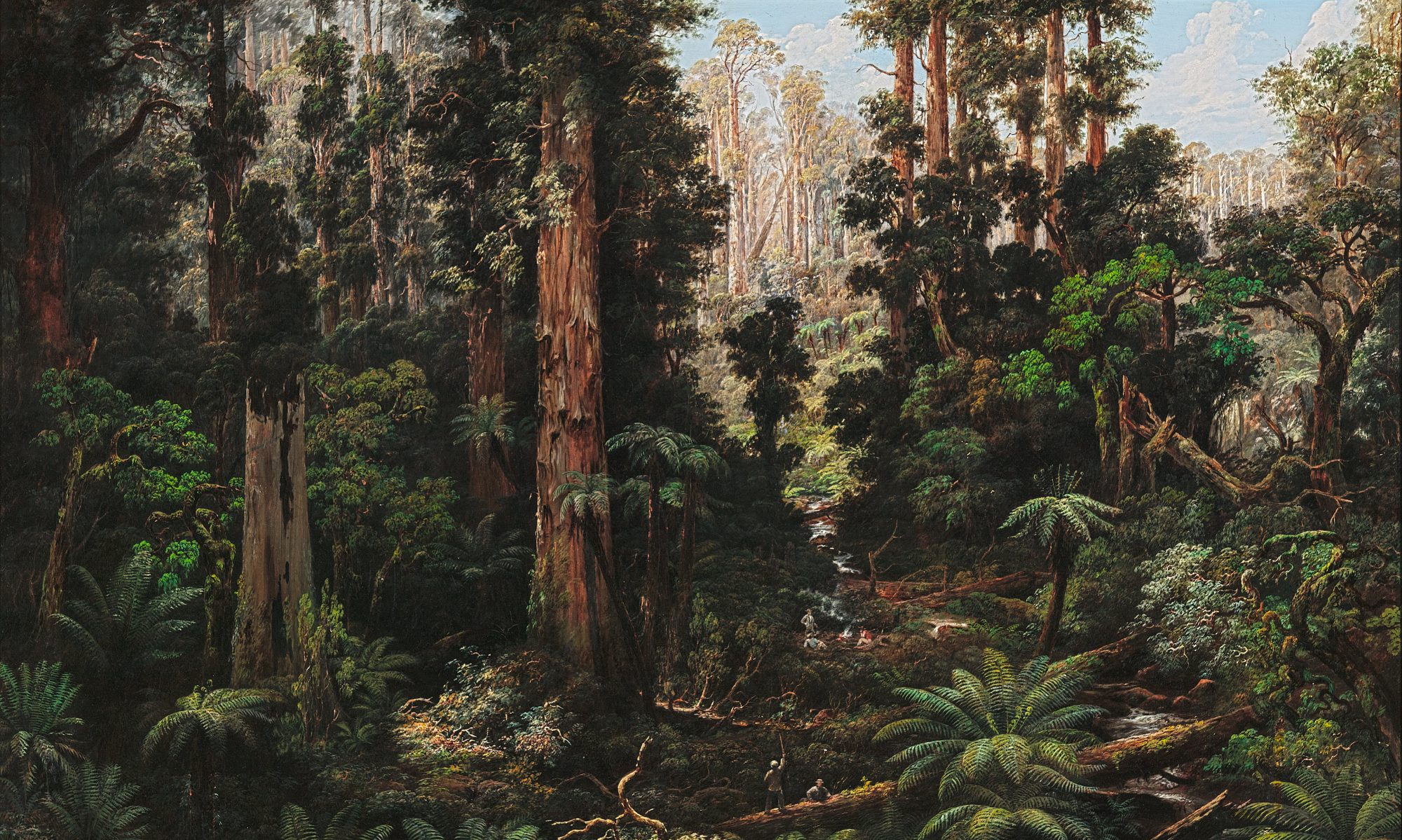On this page, we present projects that use OGDF. If you maintain a project that should be listed on this page, please contact us. Projects are in alphabetical order.
argunet editor
by the argunet editor development team

The argunet editor is a free argument map editor for analyzing and visualizing complex debates. It can be used offline or as a client-server application for collaboration.
Bandage
by Ryan Wick

Bandage (Bioinformatics Application for Navigating De novo Assembly Graphs Easily) is a program for visualizing assembly graphs for de novo genome assembly. It uses OGDF for initial positioning of graph elements using the FMMM layout.
Dunnart

Dunnart is a prototype constraint-based diagram editor. It includes standard diagram editing capabilities, as well as advanced features such as constraint-based geometric placement tools (alignment, distribution, separation, non-overlap, and page containment), automatic object-avoiding poly-line connector routing, and continuous network layout. It uses OGDF for FMMM layout and GML parsing.
GoVisual Diagram Editor
by oreas GmbH

TODO The GoVisual Diagram Editor (GDE) provides powerful functionality for editing and automatic layout of diagrams. Diagrams are represented in form of graphs and cluster graphs. GDE contains many OGDF layout algorithms. It is based on an older version of OGDF and Qt 3.x, but nevertheless it is a good tool for displaying layouts produced with OGDF and stored as GML files. Apparently, the project is dead nowadays.
gml2pic
by Carsten Gutwenger

TODO gml2pic is command line utility that converts a graph layout stored as GML file into a graphics file. Supported graphics formats are the bitmap formats PNG, JPEG, TIFF and the vector graphics formats SVG, PDF, EPS. The example to the right shows a PNG output with different line styles and colors.
gml2pic is perfectly suited for displaying the layouts produced by OGDF algorithms, and it works well with the GML extensions used by GDE. It is available as source-code under GPL v3 license and can be build on Windows, Linux, and Mac OS (building requires an installation of OGDF and Qt 4). There is also a Windows installer available that contains the Windows binaries.
KIELER
by Real-Time and Embedded Systems Work Group, Department of Computer Science, Christian-Albrechts University of Kiel

The KIELER project is about enhancing the graphical model-based design of complex systems. The basic idea is to consistently employ automatic layout to all graphical components of the diagrams within the modeling environment. KIELER aims at integrating a variety of modeling languages and integrates into the rich client platform Eclipse. It tries a tight integration into the graphical modeling projects of Eclipse (EMF, GEF, GMF) to bring new modeling pragmatics to a broad set of modeling paradigms and user communities.
Medusa
by wisk

Medusa is a modular disassembler library for Windows, Linux and OS X. The interactive graphical front-end qMedusa uses OGDF to display control flow graphs.
OGDF for QML
The OGDF for QML plug-in provides a binding of Open Graph Drawing Framework (Version 2012.07) to QtQML (Version 5.0+).
QVGE (Qt Visual Graph Editor)

The Qt Visual Graph Editor is a multi-platform graph editor using Qt. Its main goal is to let users edit graphs in a simple and intuitive way.
Tulip
by LaBRI, University of Bordeaux I

Tulip is an information visualization framework dedicated to the analysis and visualization of relational data. Tulip aims to provide the developer with a complete library, supporting the design of interactive information visualization applications for relational data that can be tailored to the problems he or she is addressing.
Written in C++ the framework enables the development of algorithms, visual encodings, interaction techniques, data models, and domain-specific visualizations. One of the goal of Tulip is to facilitates the reuse of components and allows the developers to focus on programming their application. This development pipeline makes the framework efficient for research prototyping as well as the development of end-user applications.
Tulip integrates OGDF graph layout algorithms as plugins.
VisualGraph and oggl

VisualGraph is a cross-platform graph viewer for displaying large graphs with full zooming capabilities. The project contains the oggl library to display large OGDF Graphs using modern OpenGL. It is capable of rendering and zooming graphs with one million nodes fast and smoothly.

